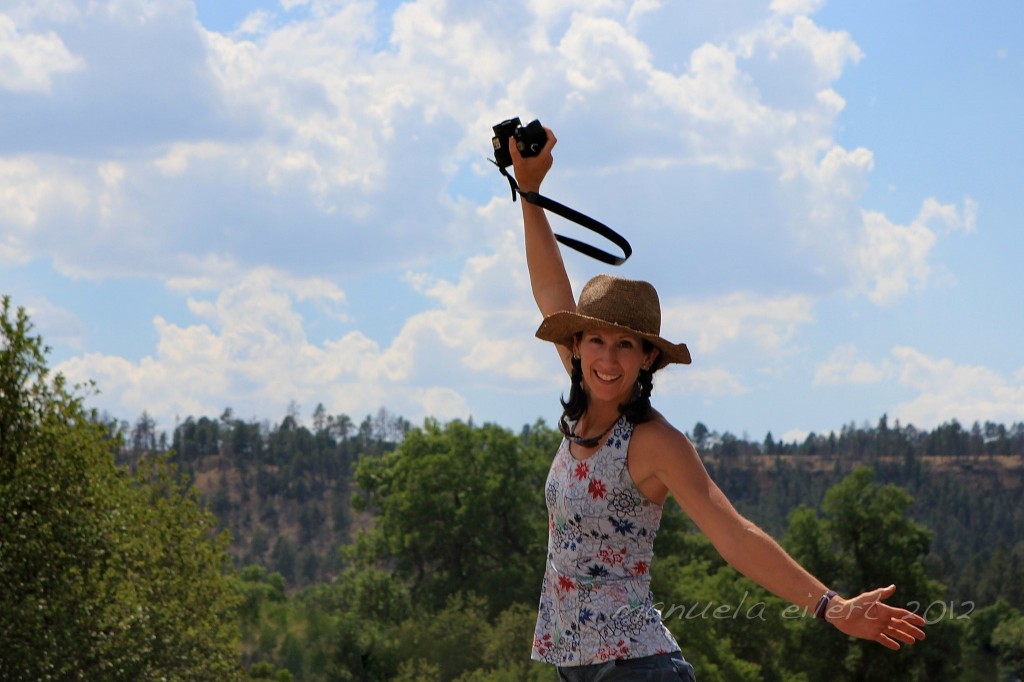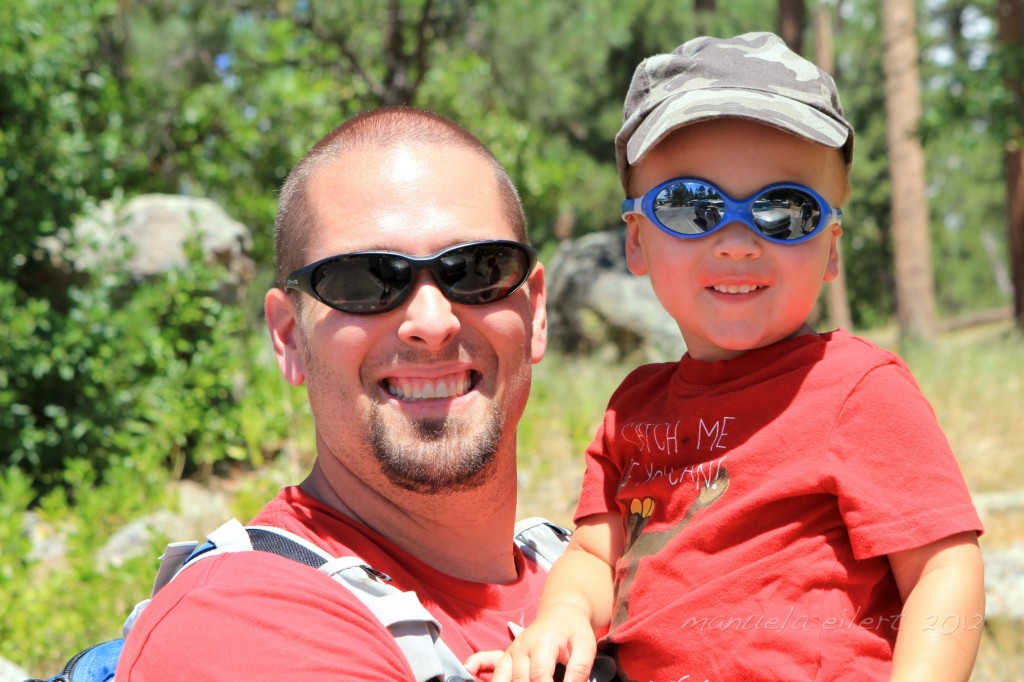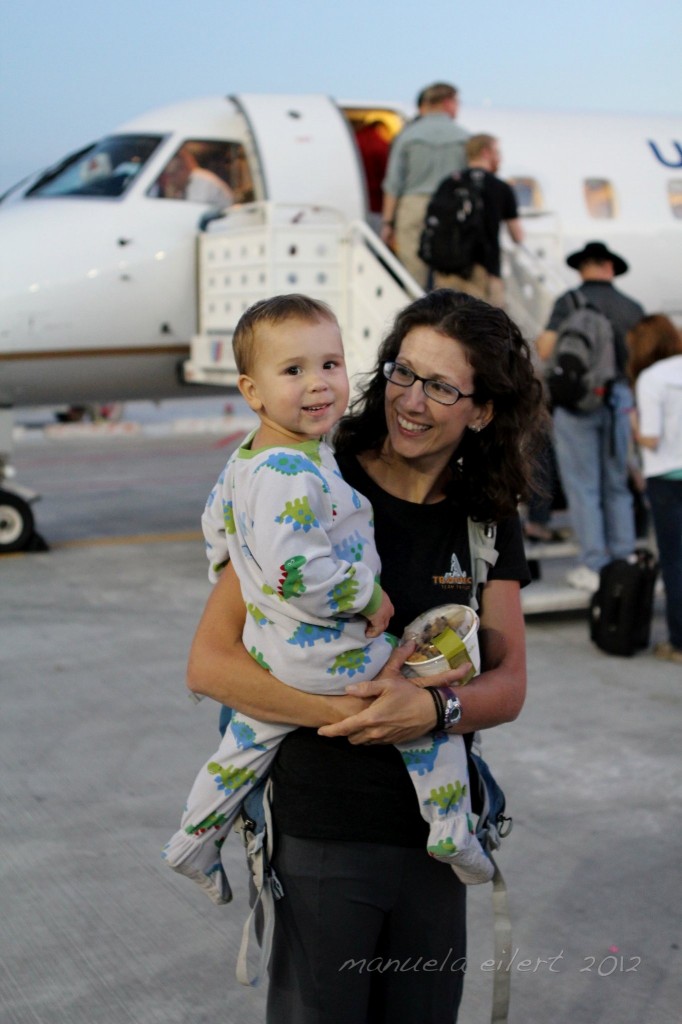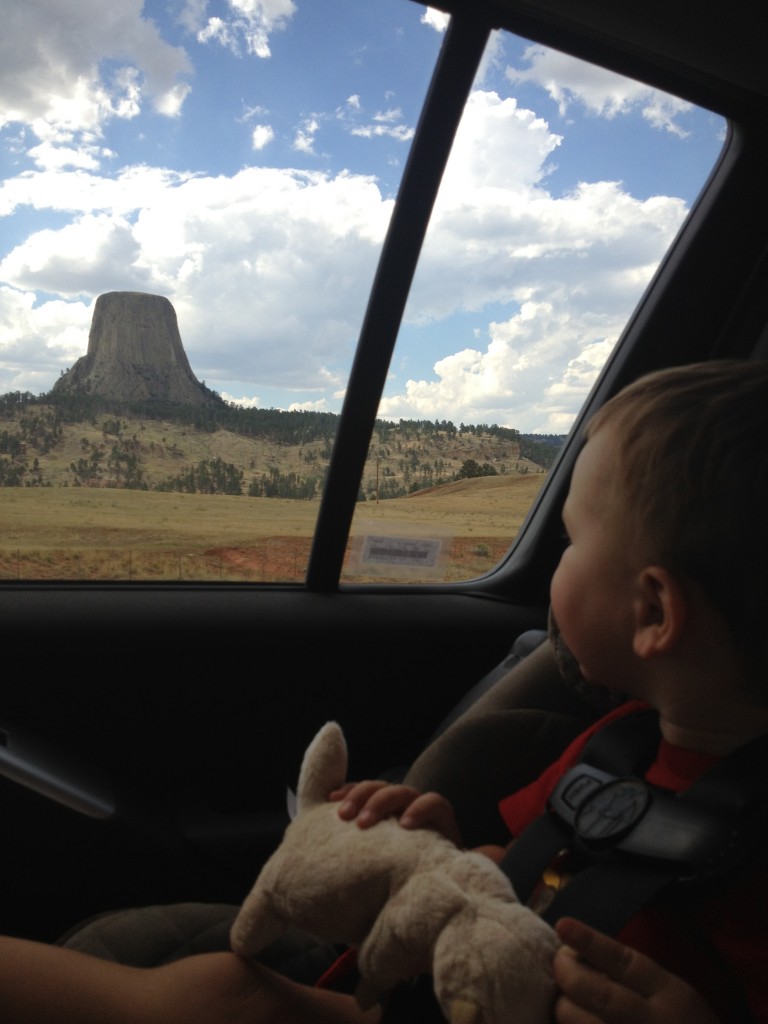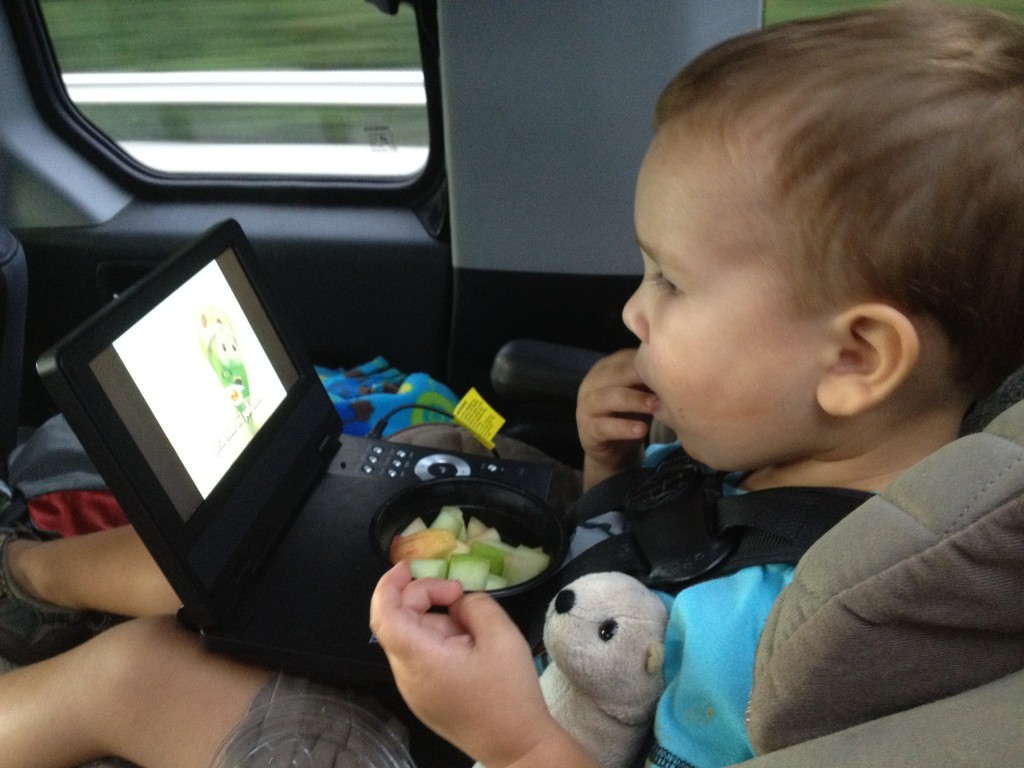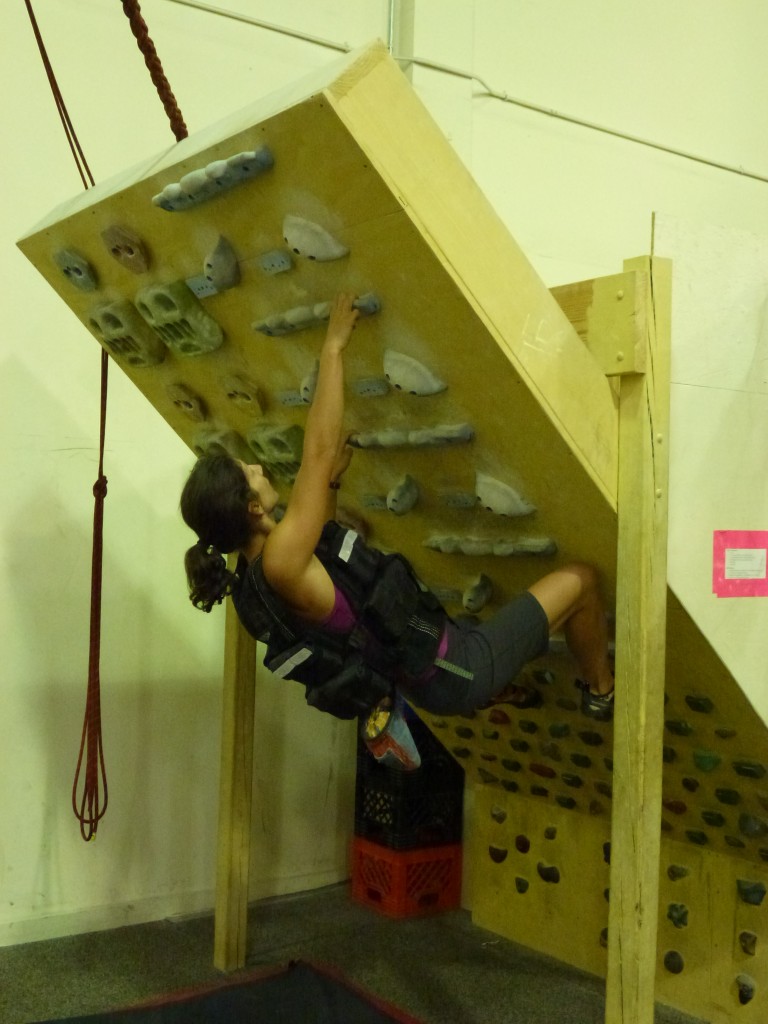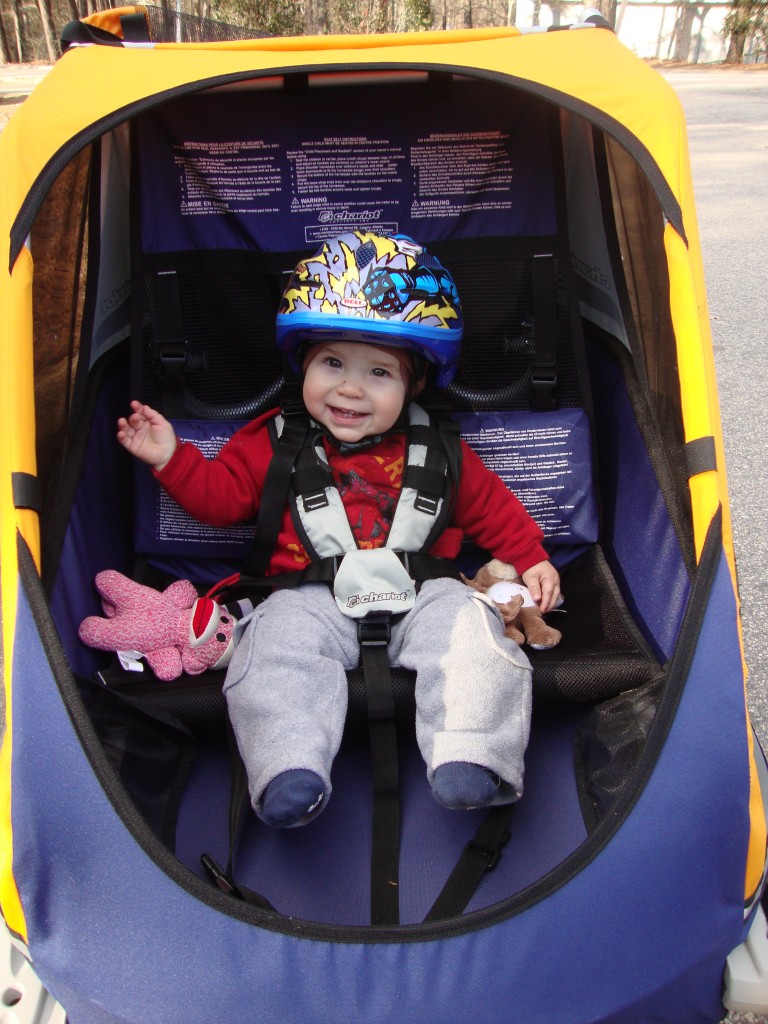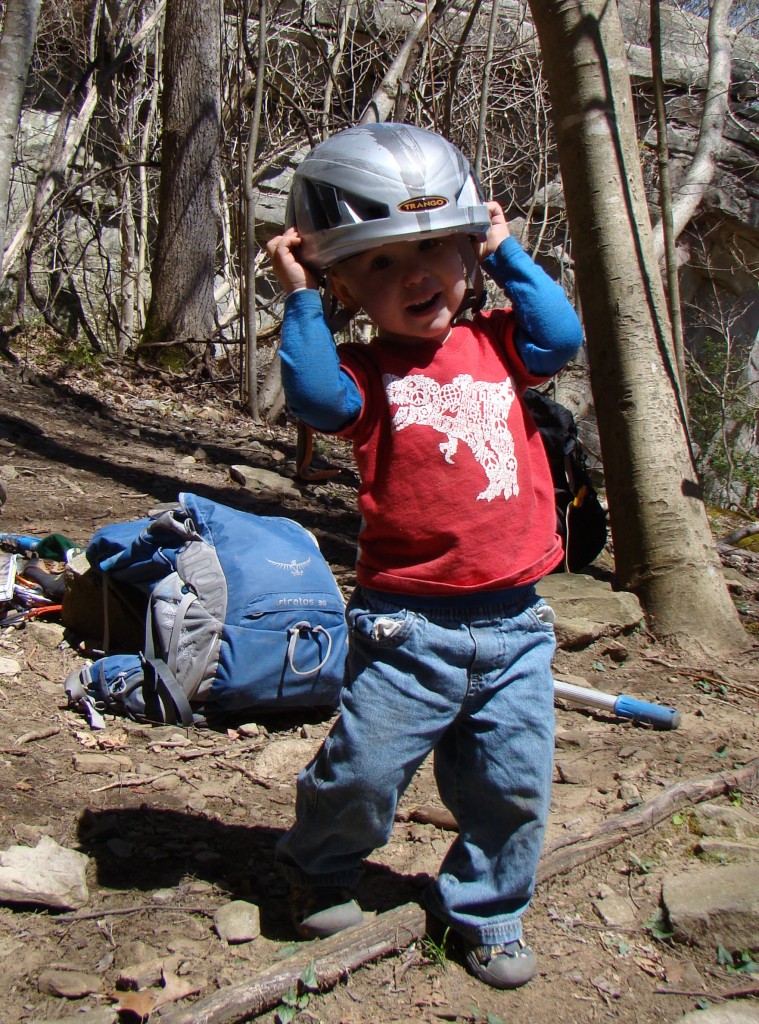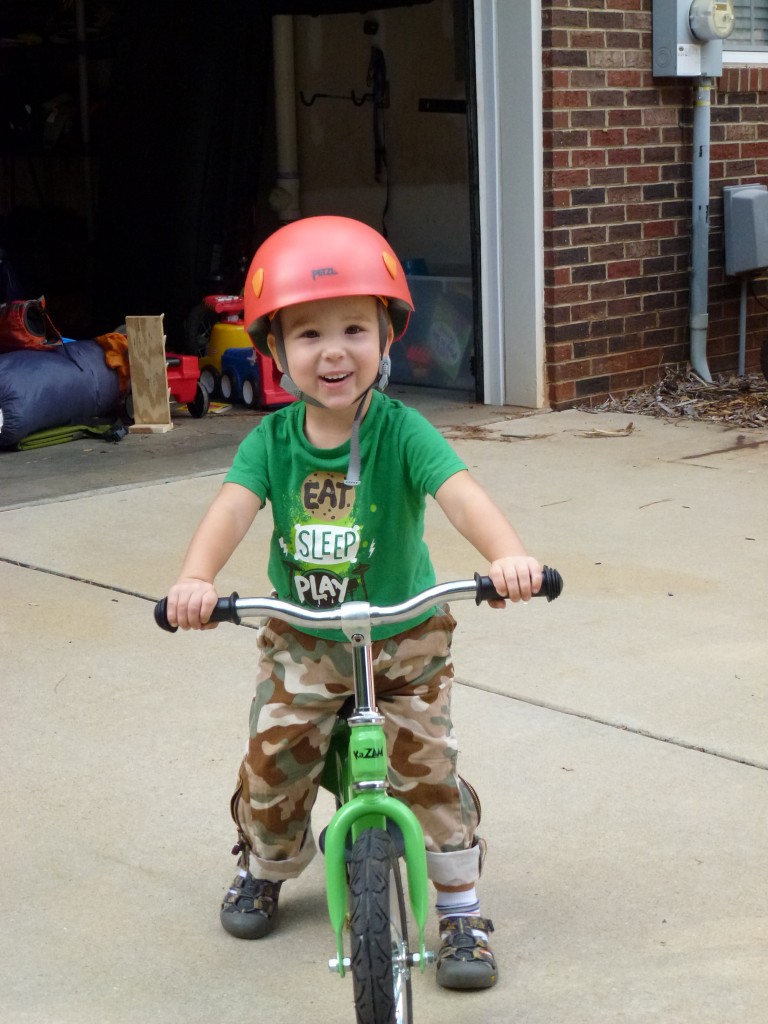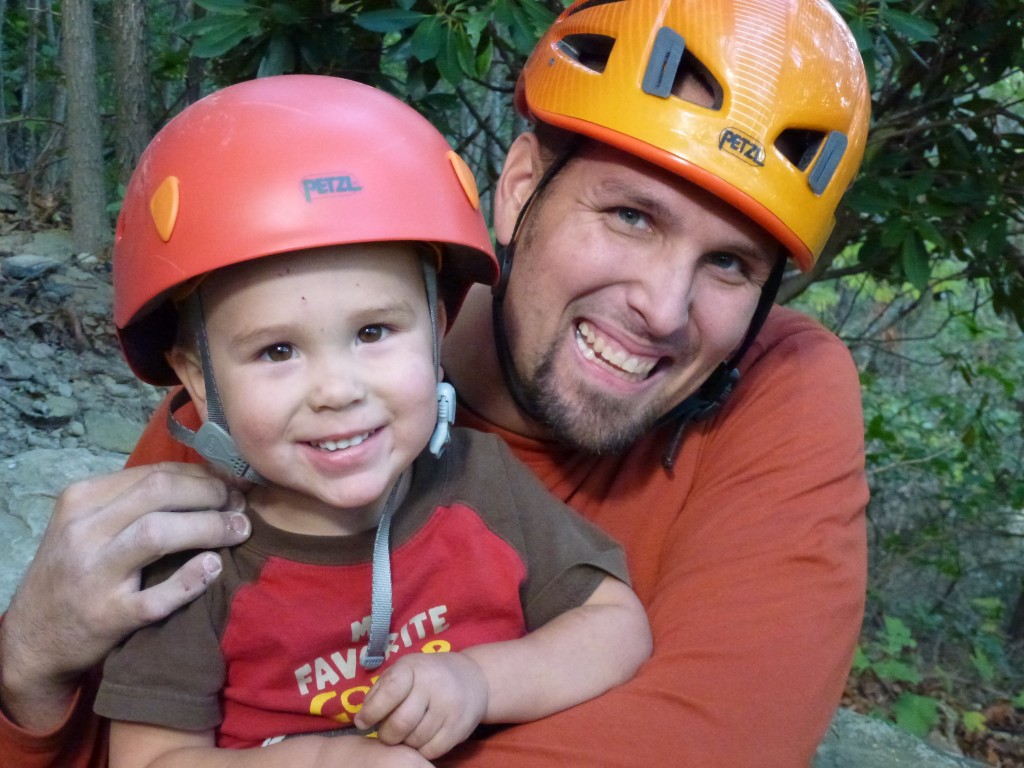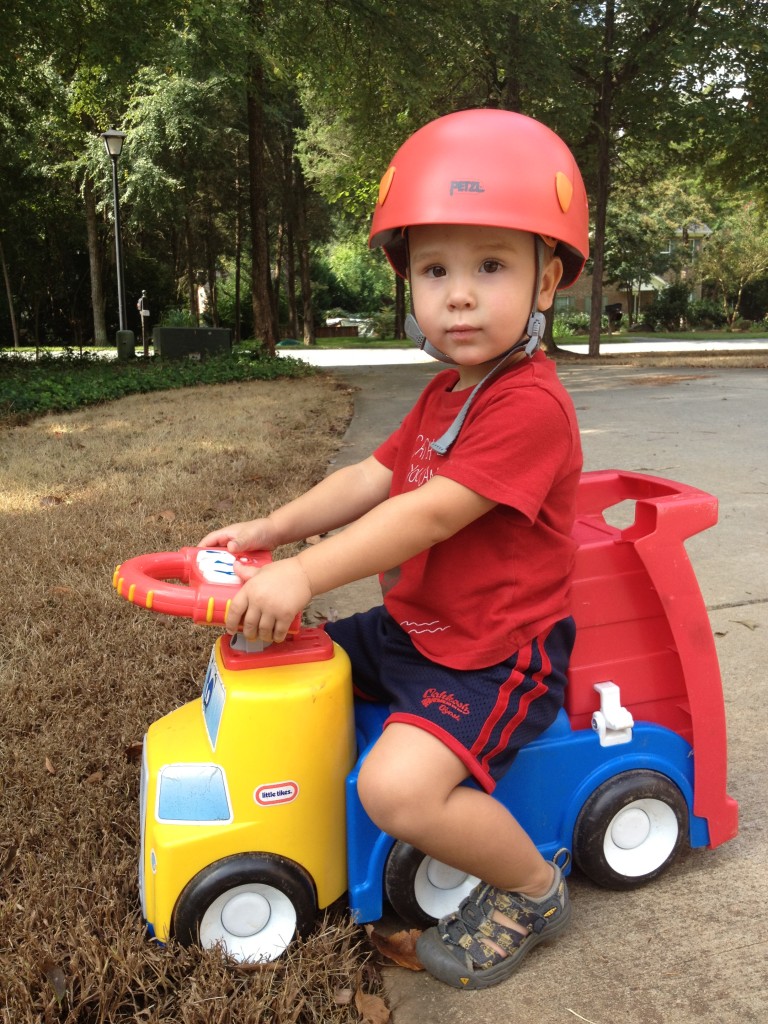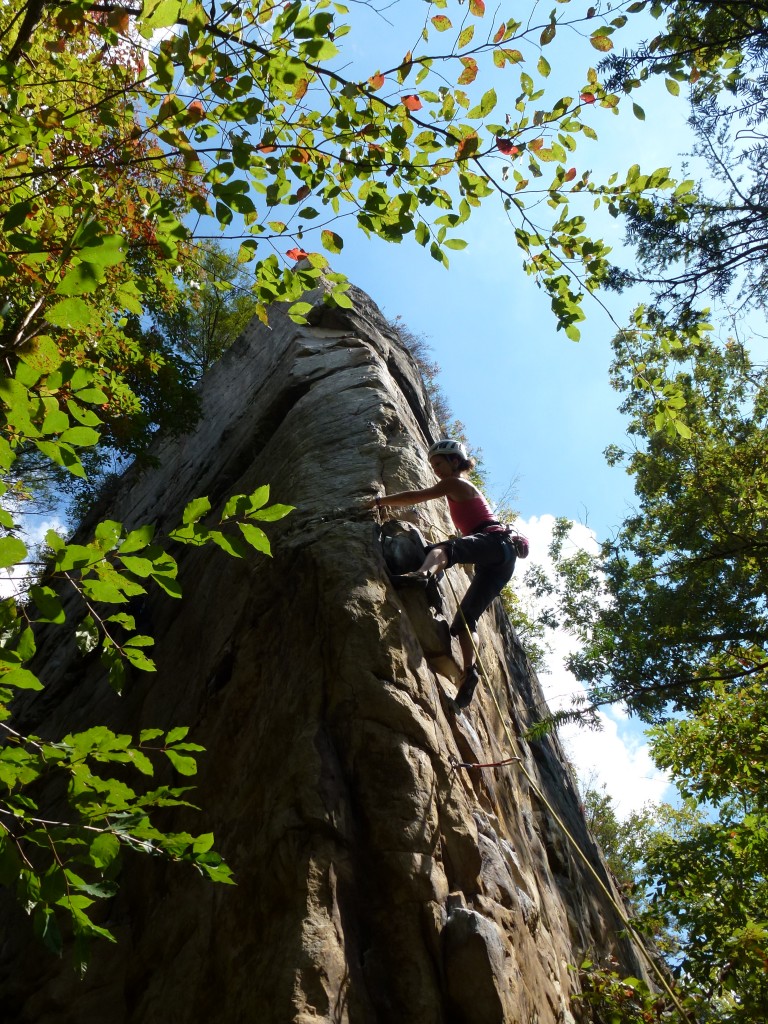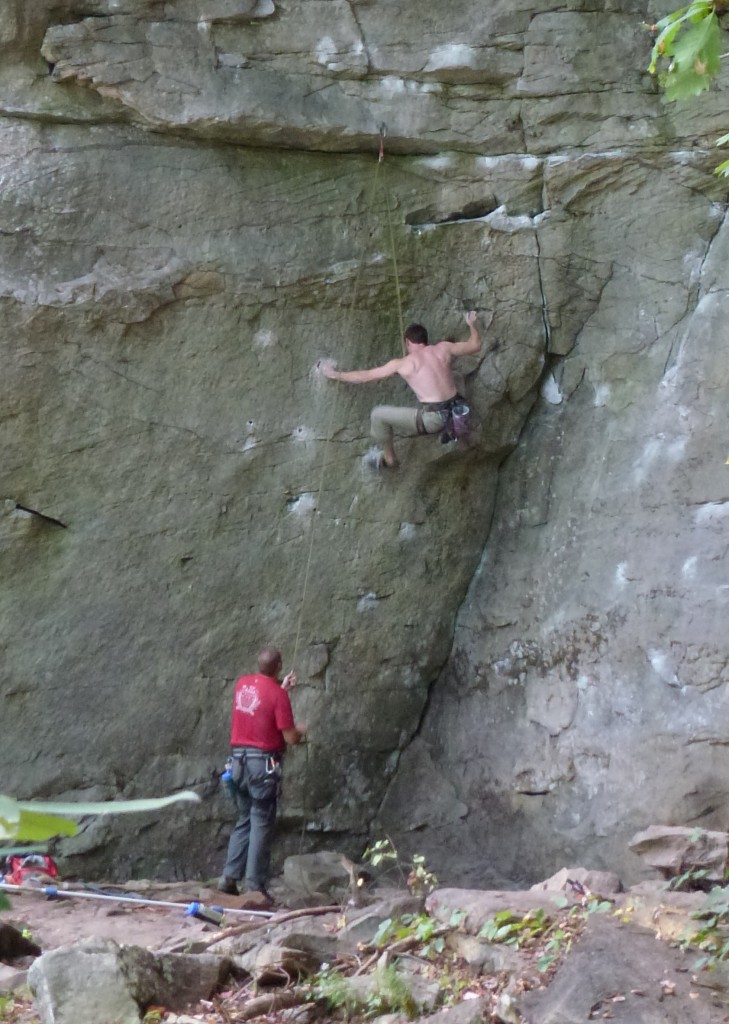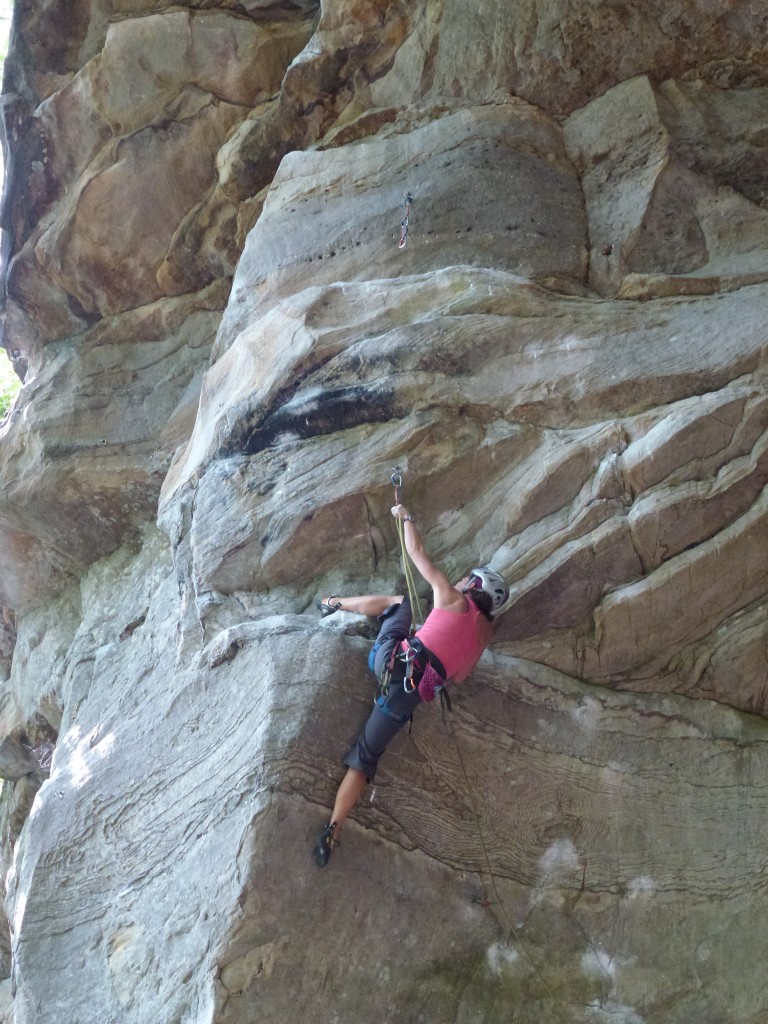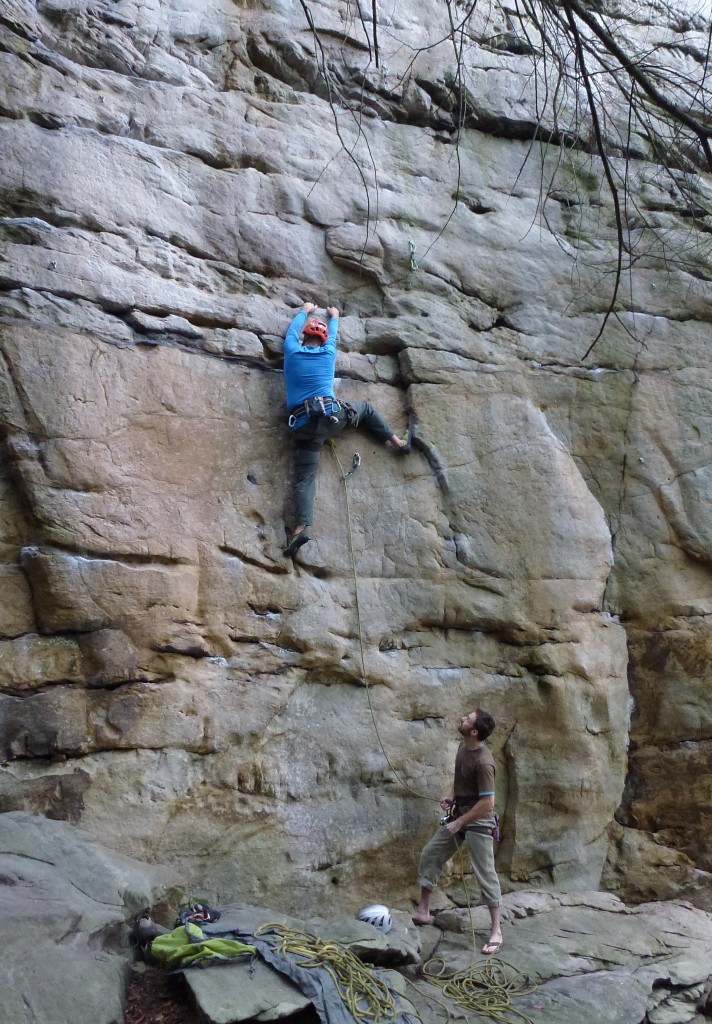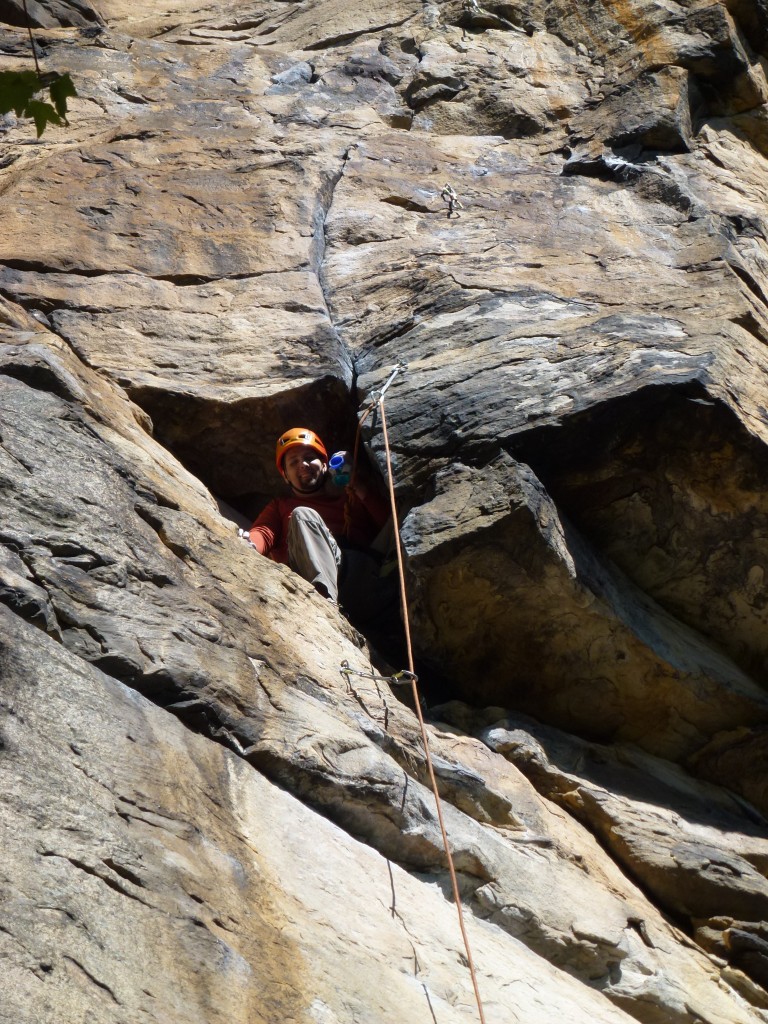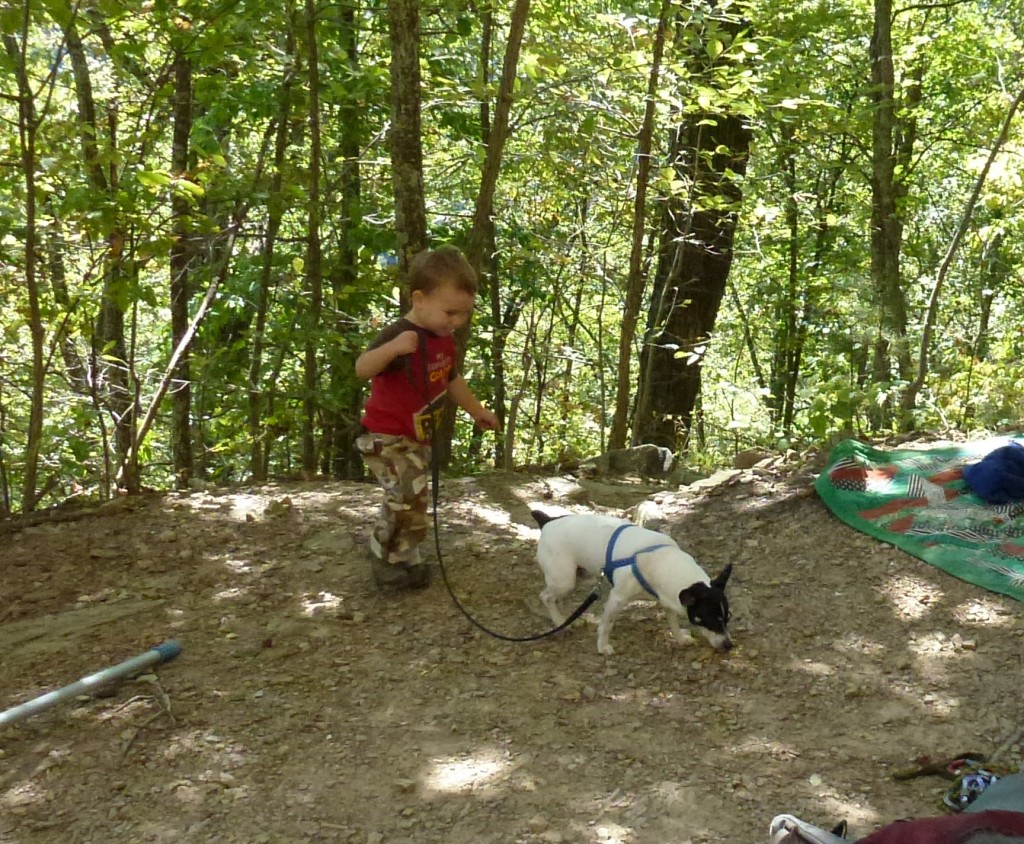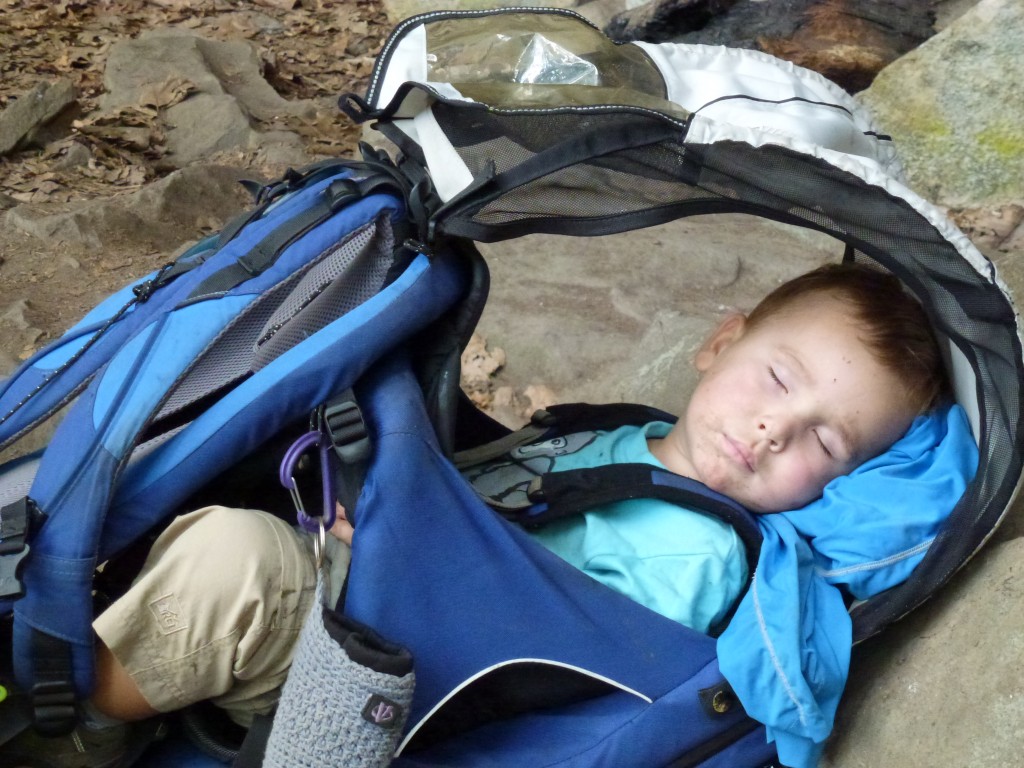Meet Your Moment…a Giveaway from CLIF!
We’ve all had “moments.” Experiences where time stands still, the rest of the world stops, and everything else fades into the background as that one moment comes vividly into focus. It could be something epic that you share with hundreds of people, or it could be something personal that’s just between you and your Maker. It could be a tender family moment, or a loud, joyous occasion. Some moments define who we are as a person, while others are just a nice reminder of why it’s good to be alive. I have “moments” all the time when I’m climbing – like that giddy feeling that creeps in the minute I nail the crux on a hard route and realize that the send is mine for the taking so long as I keep my head together, or sensing how small I really am as I look out over a spectacular panoramic vista. But I also have plenty of “moments” in the quiet of my own home, like when I snuggle Cragbaby to sleep every afternoon for his nap, or when we find bugs together in the backyard. Moments like these are important because they cause us to realize that we are part of something bigger than ourselves. Moments inspire us, give perspective, and often define our life’s path.
The wonderful folks over at Clif understand the magic of these moments, and are doing a really cool campaign that I am stoked to be a part of entitled “Meet the Moment.” In their words, it’s “a call to arms, and legs, and lungs.” Basically they’ve put up a site where folks like me and you can upload pictures that represent our “moments.” You know, those photos that we put in frames or use as our screensavers because they take us to a different time and place whenever we look at them. For every photo that is uploaded, Clif will donate $5 to one of 5 non-profit organizations that are dedicated to protecting outdoor spaces. And climbers, one of the organizations is The Access Fund, so you should be ashamed of yourselves if you don’t participate, because this is an easy and painless way to send those folks some support! Not only that, but Clif has agreed to giveaway a Clif prize pack to whichever “moment” garners the most likes/shares out of my readers (that’s you guys!) by the time the campaign ends on October 31st.
Here’s how you can participate…
1. Choose a photo that represents one of your “moments,” and click here to add it to Clif’s website. You’ll get a chance to write a caption, and then choose which non-profit you want Clif to donate to.
2. Once your photo is uploaded, copy the URL and paste it in the comment field below this post. (For example, here’s mine). It would also be fun to give brief sum-up of the backstory of your moment in the comment field as well, but you don’t have to.
3. Share your “moment” with your friends so they can like it, and be sure to peruse some of the other moments to like/share the ones you find most inspiring.
4. At the end of the campaign, whoever has the most likes and shares from photos uploaded to this blog post will win a Clif prize pack.
Easy enough, right? The hard part will probably be choosing which moment to upload…although you can enter as many times as you like! Happy uploading and I can’t wait to see everyone’s “moments!”

